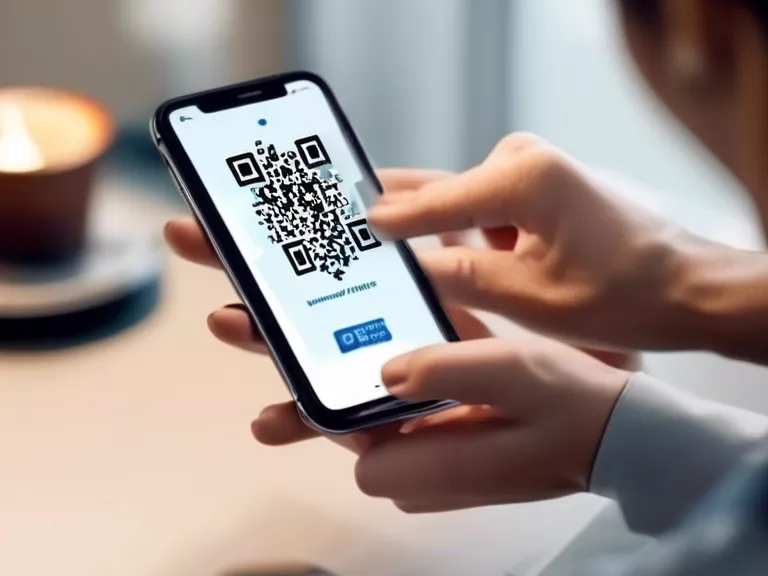
Mobile payments have come a long way since the introduction of QR codes for transactions. However, as technology continues to evolve, the future of mobile payments is shifting towards biometric authentication for increased security and convenience. Biometric authentication, such as fingerprint scanning and facial recognition, offers a more secure method of verifying a user's identity compared to traditional methods like passwords or PINs. This article explores the shift from QR codes to biometric authentication in mobile payments and the potential implications for the future of digital transactions.
One of the major drawbacks of QR codes is their susceptibility to fraud and hacking. QR codes can easily be copied or tampered with, leading to unauthorized transactions and security breaches. In contrast, biometric authentication relies on unique physical characteristics that are nearly impossible to replicate, such as fingerprints or facial features. This makes biometric authentication a more secure option for mobile payments, providing peace of mind for both consumers and businesses.
Biometric authentication also offers a more convenient user experience compared to QR codes. With biometric authentication, users can simply use their fingerprint or face to authorize a payment, eliminating the need to input complex passwords or scan QR codes. This streamlined process not only saves time but also reduces the likelihood of errors or user frustration.
The rise of biometric authentication in mobile payments is a clear indication of the growing importance of security and convenience in digital transactions. As technology continues to advance, we can expect to see more widespread adoption of biometric authentication in mobile payments, paving the way for a more secure and seamless payment experience for consumers worldwide.



